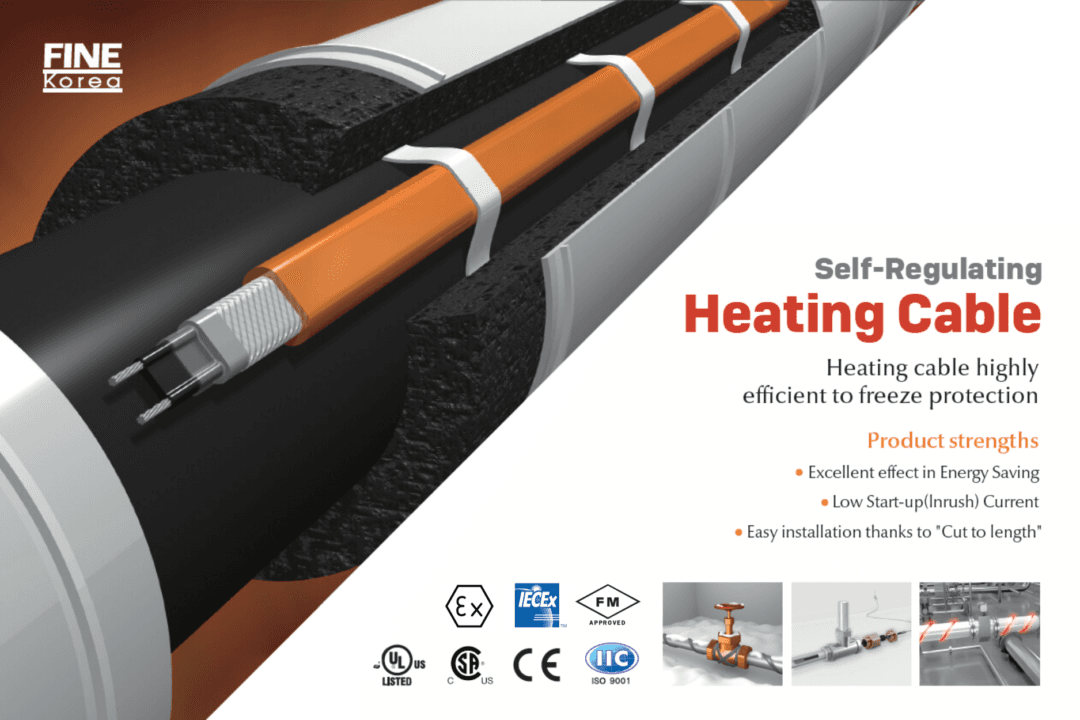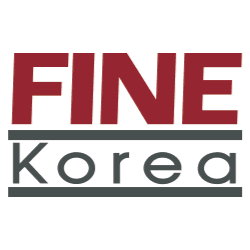What is a Self-Regulating Heating Cable?
Unlike traditional heating cables that use metal heating elements, self-regulating heating cables generate heat through a carbon-infused plastic semiconductor, leveraging the positive temperature coefficient (PTC) effect. This PTC characteristic allows the cable to automatically adjust its heat output based on the surrounding ambient temperature. In colder conditions, the cable produces more heat, while in warmer environments, it generates less, optimizing energy consumption.
Cold snaps can lead to various problems, including traffic accidents, large-scale power outages, and the freezing of water meters and pipes.
Water meters and pipes are particularly vulnerable when temperatures fall below freezing, leading to potential bursts. Frozen pipes are a common winter hazard, and many have experienced the discomfort of enduring a cold winter without heating due to frozen pipes. For livestock farms, which typically rely on automatic watering systems, frozen pipes can cause significant hardship, forcing farmers to manually carry water to their animals—a labor-intensive task, especially on large farms.
Heavy snowfall can also pose challenges in sloped underground parking lots, where even a small amount of snow can make it difficult for vehicles to ascend. Rear-wheel drive vehicles, in particular, are prone to slipping, causing panic among less experienced drivers. When snow remains on the roads and turns to ice, traffic accidents and slips become more frequent.
Snow accumulation on roofs is also dangerous. The weight of the snow can cause weak roofs to collapse, potentially injuring anyone beneath. As the snow melts, long icicles can form along the eaves, which may fall and cause serious injuries.
The most effective way to address these winter hazards is to install anti-freeze heating cables, which can preemptively prevent freezing, snow accumulation, and icing.
Currently, heating cables are generally divided into two categories: relatively inexpensive metal heating cables and self-regulating heating cables. Metal heating cables use an alloy wire known as Nichrome, which generates heat through resistance. While these cables are cost-effective, they pose a fire risk due to the heat generated by the metal itself.
In contrast, self-regulating heating cables have a ladder-like structure, with electrical wires on both sides and a plastic semiconductor panel in between. As electricity passes through the plastic semiconductor, heat is generated—this is known as the PTC effect. Simply put, when the ambient temperature rises, the resistance increases, generating less heat, and when the temperature falls, the resistance decreases, generating more heat. Because of this self-adjusting feature, they are also known as self-regulating heating cables.
Fine Korea’s heating cables are prime examples of self-regulating heating cables. Fine Korea’s products are renowned both domestically and internationally for their exceptional quality and safety. Thanks to the PTC effect, they heat up quickly compared to traditional systems and are highly energy efficient. Another advantage is that they can be cut to length according to the installation environment and application. Notably, Fine Korea’s self-regulating heating cables are distinguished by their high-temperature heat treatment process, which reduces carbon content and lowers startup current. This ensures stability and a long lifespan, even with prolonged use. Additionally, the internal insulation layer enhances heat resistance, making them particularly durable.
Fine Korea’s SRF series is ideal for preventing pipe freezing in harsh winter conditions and is suitable for use with water pipes and other piping systems.

